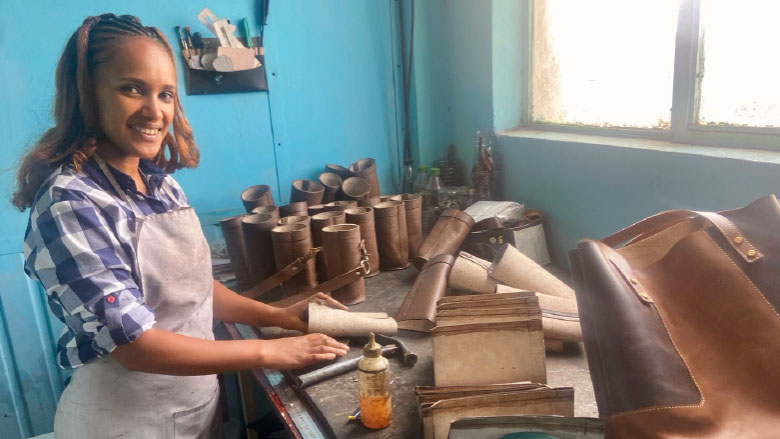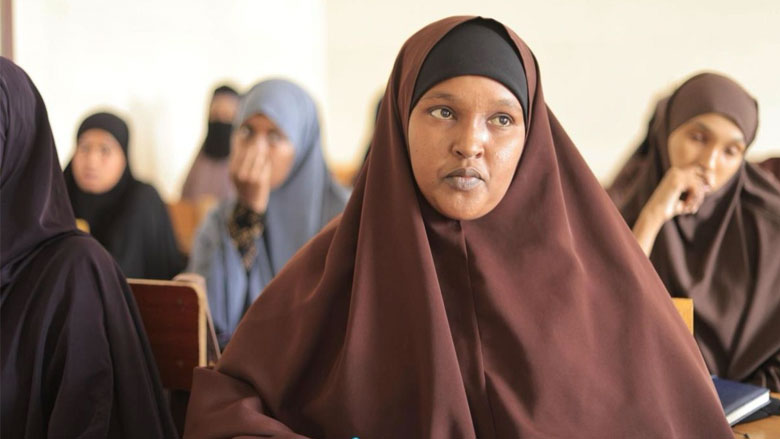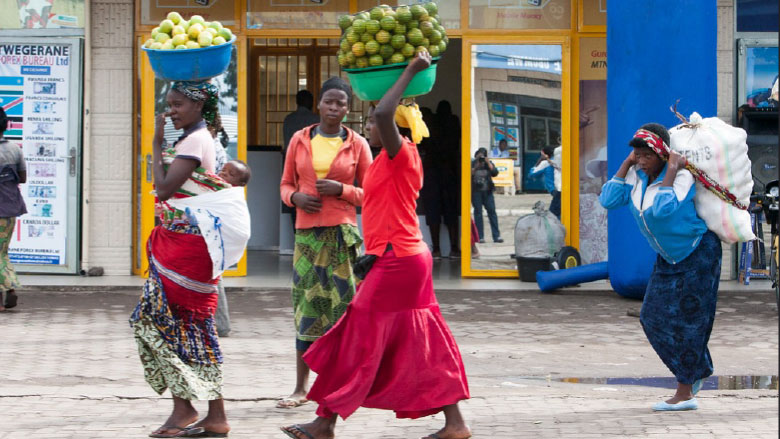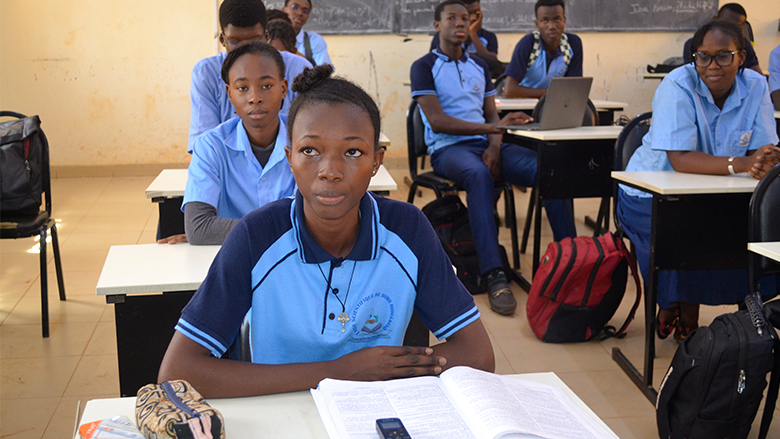Our vision is for all children and youth in Eastern and Southern Africa to have the education and skills to realize their potential and contribute to the sustainable development of the region.
In Eastern and Southern Africa, 66 million children, adolescents, and youth are projected to be out of school by 2030. Without substantial action, approximately 89% (or 20 million) of children at the end of primary school (10-year-olds) will be ‘learning poor’. Overall, nearly 9 in 10 children in Sub-Saharan Africa struggle to read by age 10, a global concern exacerbated by the COVID-19 pandemic.
Positive transformations are happening across the region. In Kenya, under the Tusome program, students in grades 1 and 2 improved their reading in Kiswahili by the equivalent of roughly three to five years of schooling. In the Democratic Republic of Congo, the elimination of primary school fees in public schools in 2019 has resulted in 3.7 million more children in gaining access to primary education, marking a 25% increase in enrollment in public primary schools. Similarly, Tanzania's results-based financing education program led to an additional 1.8 million students enrolling in primary schools and additional 1 million students in secondary schools. These efforts have significantly boosted enrollment.
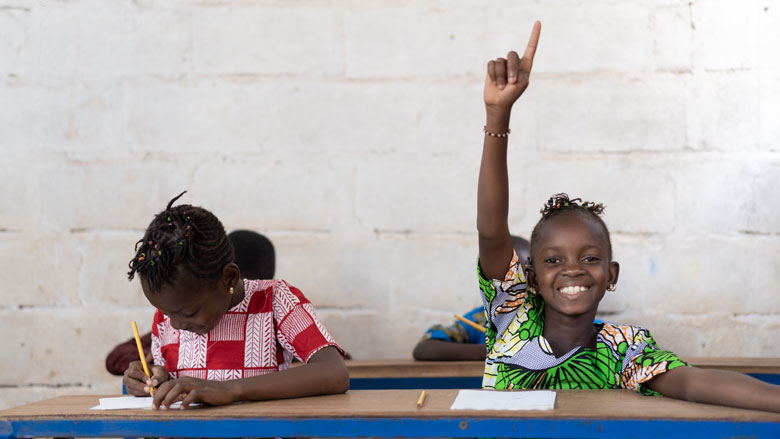
African countries are also facing the pressing challenge of equipping its young and rapidly growing population with quality education and technical skills. It is estimated that up to 12 million young Africans are entering the job market every year. By 2050, Sub-Saharan Africa will have the largest and youngest workforce in the world.
Several countries are responding to labor market needs. Rwanda, for example, provided up-skilling opportunities for about 25,000 youth neither in employment nor in education and training (NEET). Over 70 percent of these beneficiaries are now employed. Scaling up this success, a follow on new skills operation is in Rwanda is targeting an additional 100,000 youth NEET. Building on sustained investments in skills for productive jobs, Tanzania is tripling annual technical and vocational education and training (TVET) enrolment to 1.5 million trainees by 2030 and incentivizing innovation in priority sectors such as digital technologies and green skills.
